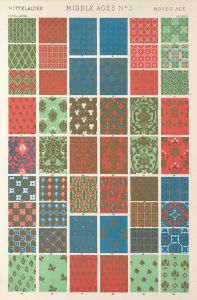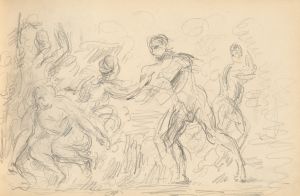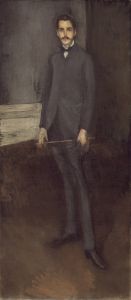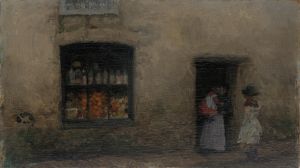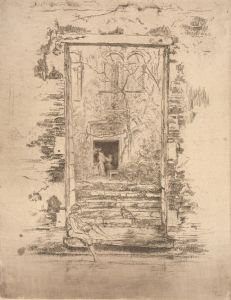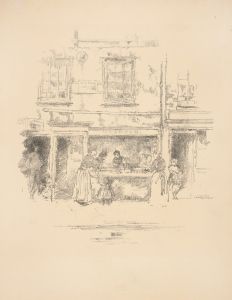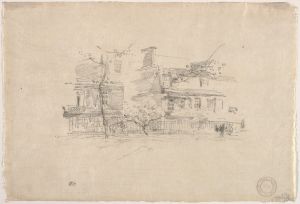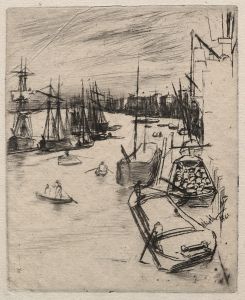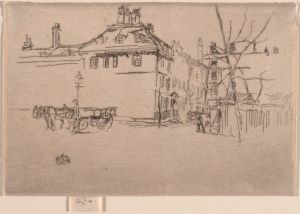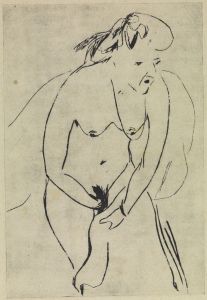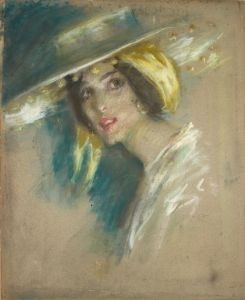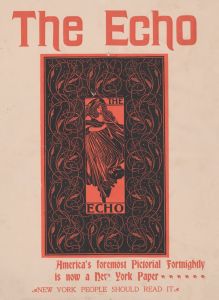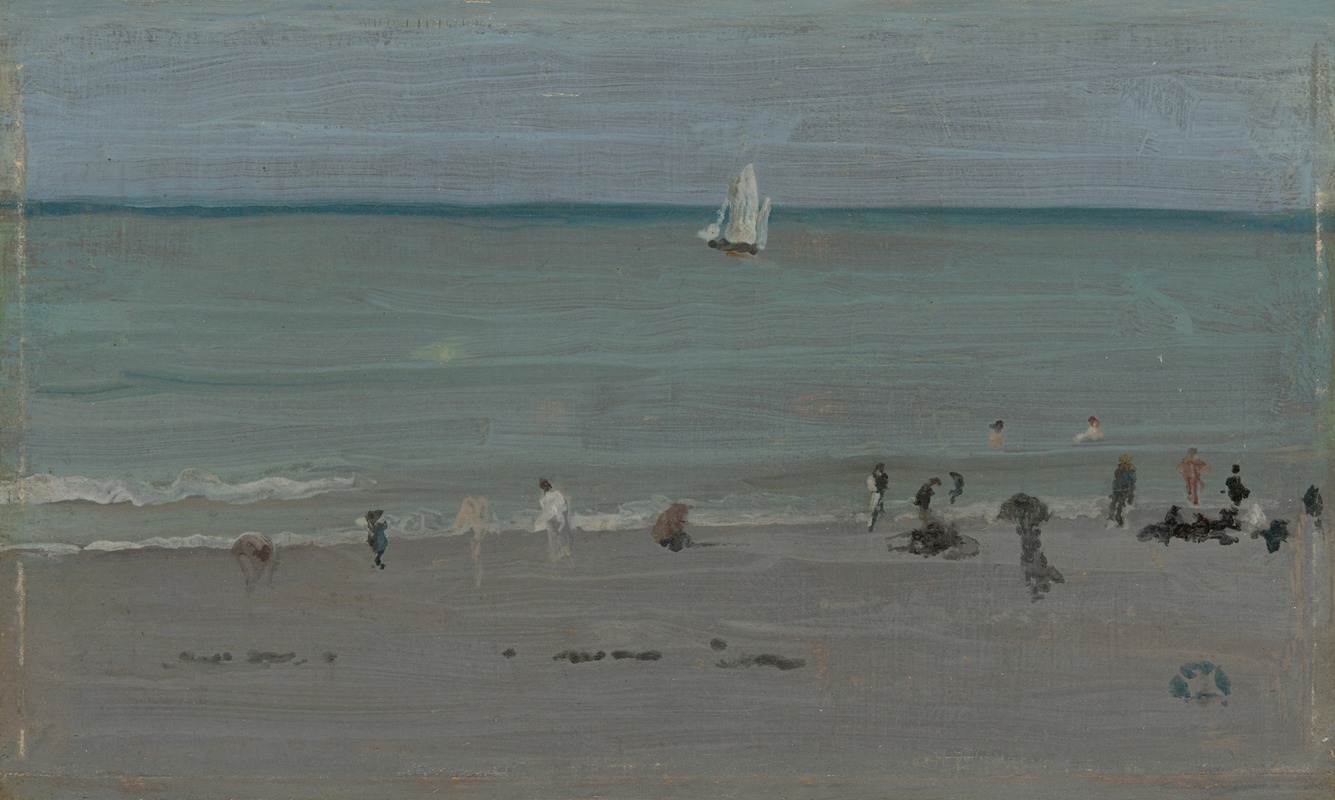
Coast Scene, Bathers
A hand-painted replica of James Abbott McNeill Whistler’s masterpiece Coast Scene, Bathers, meticulously crafted by professional artists to capture the true essence of the original. Each piece is created with museum-quality canvas and rare mineral pigments, carefully painted by experienced artists with delicate brushstrokes and rich, layered colors to perfectly recreate the texture of the original artwork. Unlike machine-printed reproductions, this hand-painted version brings the painting to life, infused with the artist’s emotions and skill in every stroke. Whether for personal collection or home decoration, it instantly elevates the artistic atmosphere of any space.
James Abbott McNeill Whistler was an American artist known for his influence in the late 19th-century art world, particularly in the realms of painting and printmaking. One of his works, "Coast Scene, Bathers," reflects his distinctive style and approach to art, although specific details about this painting are limited.
Whistler was born in Lowell, Massachusetts, in 1834, and spent much of his career in Europe, where he became associated with the Aesthetic Movement. This movement emphasized the visual and sensual qualities of art and design over practical, moral, or narrative considerations. Whistler's work often focused on mood and atmosphere, and he was known for his innovative use of color and composition.
"Coast Scene, Bathers" is an example of Whistler's exploration of natural landscapes and the human figure within them. While detailed information about this particular painting is scarce, it likely embodies Whistler's interest in capturing the ephemeral qualities of light and water, as seen in many of his other works. His paintings often feature harmonious color palettes and a sense of tranquility, which may also be present in this piece.
Whistler's approach to art was heavily influenced by his belief in "art for art's sake," a philosophy that art should be appreciated for its beauty and form rather than its narrative content. This perspective is evident in his focus on composition and tonal harmony, which can be seen in his other famous works, such as "Nocturne in Black and Gold: The Falling Rocket" and "Arrangement in Grey and Black No. 1," commonly known as "Whistler's Mother."
Throughout his career, Whistler was known for his distinctive signature, a stylized butterfly, which he used to sign his paintings. This symbol reflected his interest in Japanese art and design, which also influenced his work. The butterfly signature became a hallmark of his style and is often associated with his artistic identity.
Whistler's influence extended beyond his paintings; he was also a prominent figure in the art world through his writings and lectures. His book, "The Gentle Art of Making Enemies," published in 1890, is a collection of his thoughts on art and his often contentious interactions with art critics and the public. This work further solidified his reputation as a leading figure in the Aesthetic Movement.
In summary, while specific information about "Coast Scene, Bathers" is limited, it can be understood within the broader context of Whistler's artistic career and philosophy. His focus on mood, atmosphere, and the beauty of form likely informs this painting, as it does with much of his other work. Whistler's legacy as an artist is marked by his innovative approach to composition and his influence on the development of modern art.






